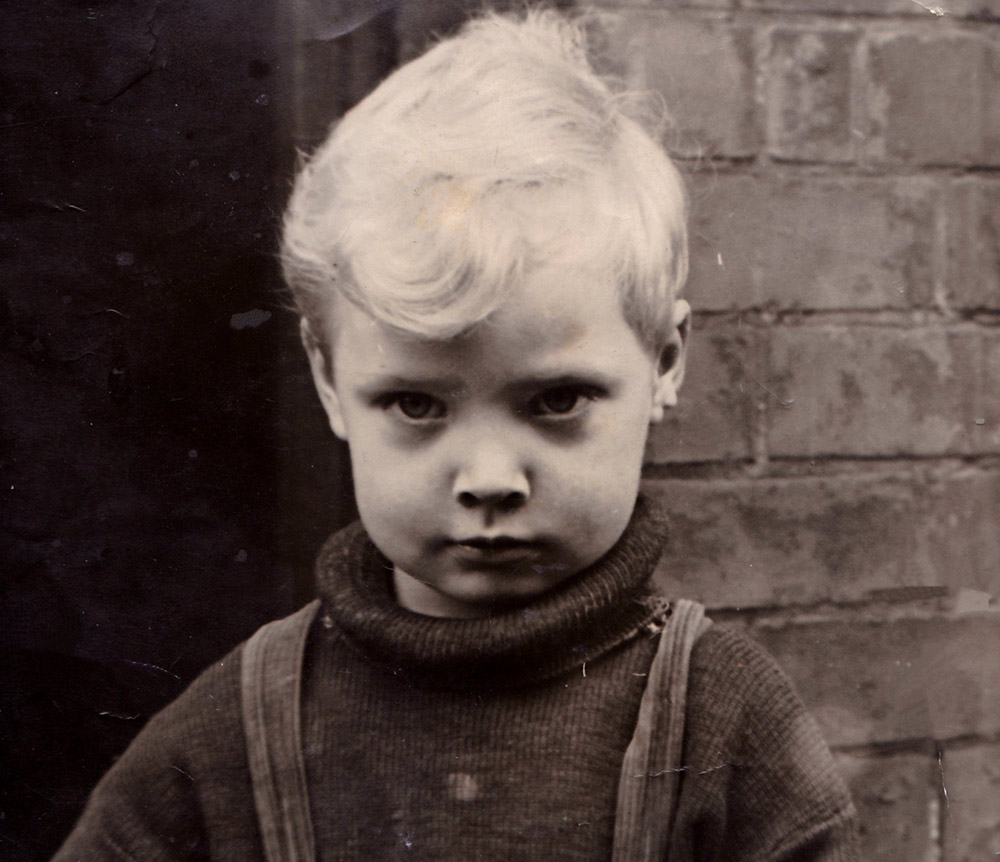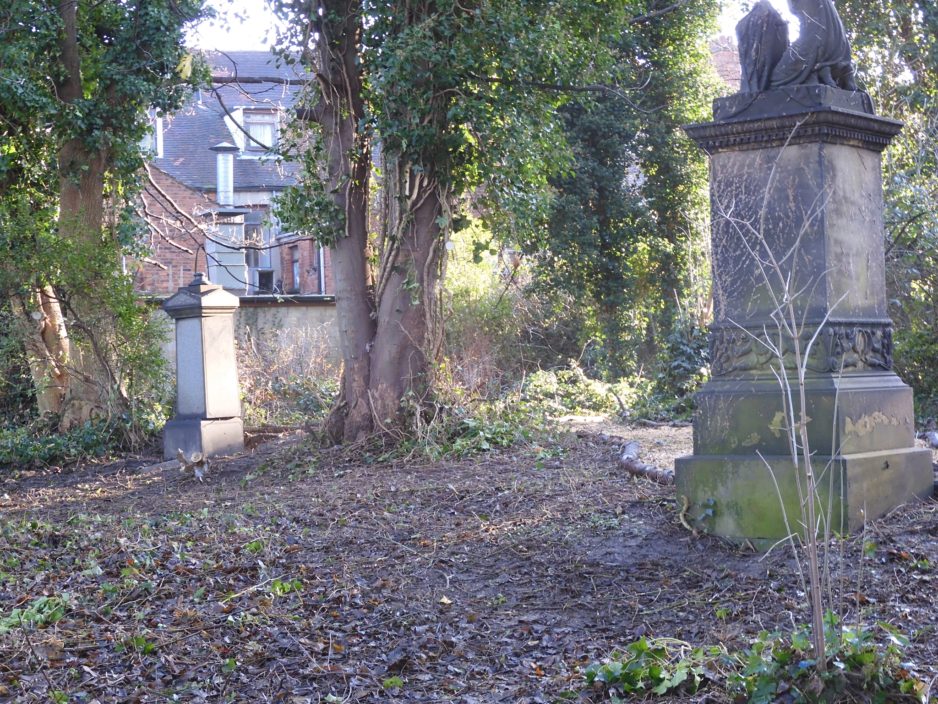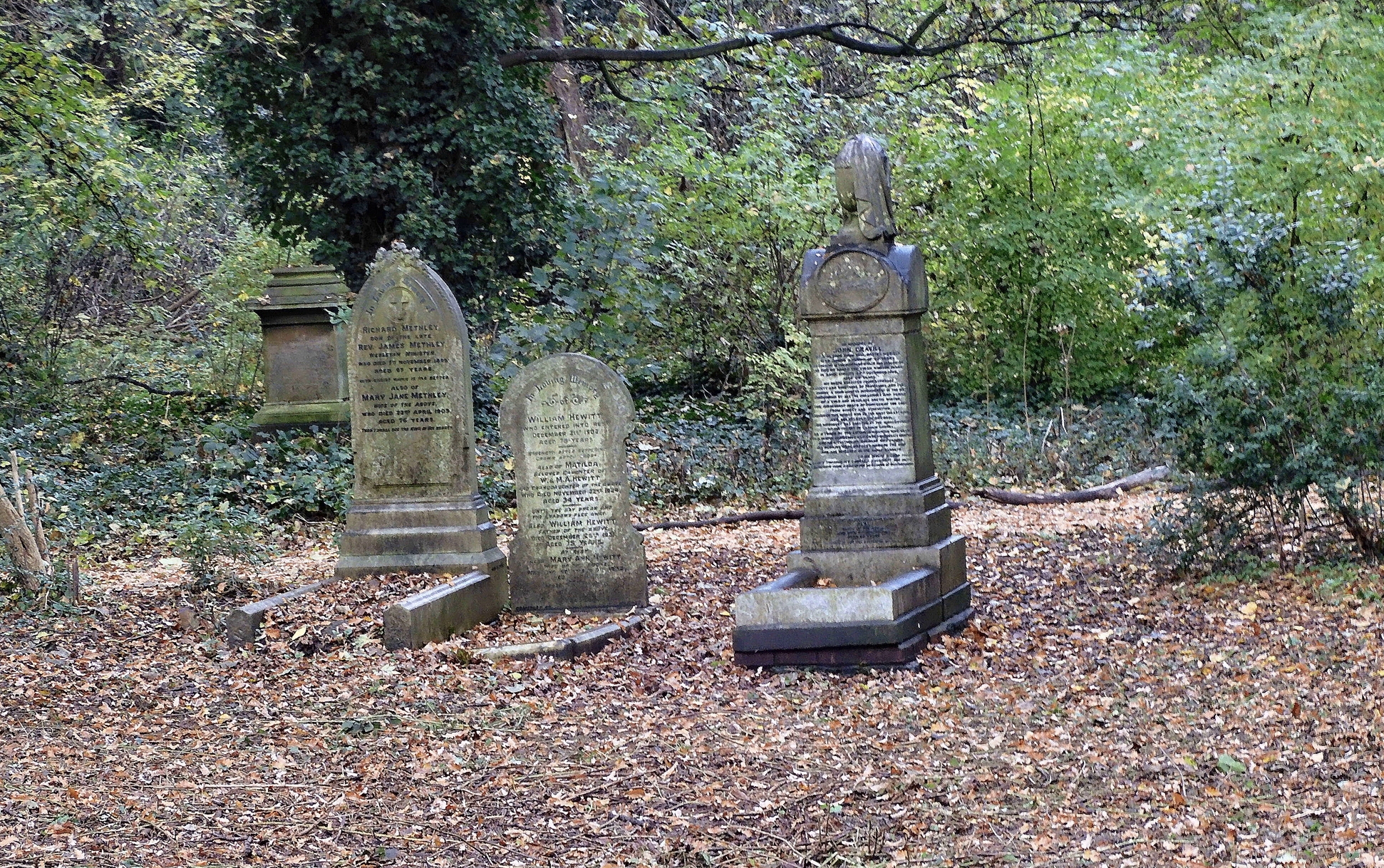“That might be the impression but this is contemporary circus, which is best described as beautiful, aerial dance. No-one is going to be standing on any graves but it is a piece that responds to cemeteries and what they are for.”
Most of the audience were indeed standing on people’s graves. The heavy equipment, needed for the theatre group to complete its performance safely, caused considerable damage to the paths and yes, people’s graves. So that reply from Martin was a little disingenuous. The cemetery was not celebrated; it was simply used as a backdrop. The headstones and the people buried there were used as part of a Hammer Horror-like setting for the artists to perform. Would this have been allowed in the Western or Northern Cemeteries?
The Council approved this event. However, in defence of the Council, it wanted the cultural events during that year to be spread across the city rather than be concentrated into the city centre. I would suggest that this was the reason why the Council approved it. If the theatre troupe approached them now I believe there would be a different response.
Social media and the Internet
A Facebook site was set up, as well as a website. The Facebook site attracted a lot of interest whilst the website languished. A plan to attract volunteers via a series of Activity Days was put into practice. However four days a year to remove the rubbish that constantly appeared was never going to do more than scrape the surface of the problem.
By September 2017, a bank account had been set up and the trail guide had been published. It was also the first meeting I attended. It was also the last by Alan Deighton who delivered the Guided Walk leaflet to the meeting and left. Was it something I said? No, it was nothing to do with me, thank heavens. He wanted to devote more time to the Carnegie Heritage Trust. You can, if you’re not very careful, spread yourself mightily thin. He’d recognised this and walked away.

Revolving door
This is a recurrent theme of the FOHGC. People come and people go. As Arthur Lee of Love sang back in 1967, ‘And for every happy hello, there will be goodbye’ and that sums it up really. People join for whatever reason, attend, give their all, and then move on. Sometimes these people re-appear. Sometimes they don’t, having found another project that takes up their time.
Although this may appear, on the face of it, quite chaotic, what it does do is keep the FOHGC fresh, bubbling with ideas and enthusiastic to tackle the tasks ahead. That is why the FOHGC have always allowed an open forum aspect to the group membership. People aren’t elected and then sit there, seat blocking for years, without contributing anything. We don’t exist for the pleasure of being important and going to meetings. Far from it. We exist to help the cemetery.
The downside to that is that meetings, as meetings can do, may last for a long while if everyone who attends wants to have their say. So, although there is no restriction to who becomes members, it is also beholden upon them to realise when their time is up, and vacate their chairs. There’s always someone else who wants to attend, armed with a good idea and a bagful of enthusiasm.
Be warned though, many good ideas have failed in that cockpit of the meeting. Floundering on the twin rocks of scant resources and common sense. And that’s without taking into account that the FOHGC is simply an interest group that the landowner, Hull City Council, favours. Some ‘good ideas’ can rapidly lose us that patronage. So, bring them into the ‘kitchen’ but don’t be disappointed if they don’t make it to the table.
Over the years many members have moved on, Here are just some of them in no particular order; Stephen Hackett, Jan Fillinger, Chris Coulson, Andrew Palfreman, John Robinson, Lisa Hewson, Sonja Boemer-Christiansen and, of course, myself twice! I’m sure there will be others in the future. The only constant is the cemetery and that’s how it should be. The cemetery is why we are there and it is, of course, the star of the show.
The future
I’m sure all of you can appreciate that I’m reluctant to forecast much about the future. I’m writing this at the tail end of another lockdown due to the Covid 19 pandemic. ‘Nuff said. Where the FOHGC, and more importantly, the Hull General Cemetery will be in a year’s time, never mind a longer period is open to question. In what has been a remarkable last couple of years the FOHGC has been the recipient of grants from local charities, as well as all of the proceeds from a few books written about the cemetery. In essence, with little to no overheads, its finances are in good shape. And this is without a regular income stream that a membership scheme could provide.
That idea could indeed be the next step. However, to undertake that, the FOHGC would need to be established on a much more professional footing. It would need a constitution, and from that premise would stem elections, to provide its committee members. Those elections would need to be undertaken every year at an Annual General Meeting attended by the membership. If we explored becoming a charity other things would have to happen. The accounts would need to be verified by the Charity Commission and a firm of auditors. However, by becoming a charity it could enhance our income and provide other benefits.
That’s just the start but it’s a possibility. Other Cemetery Friends groups have done so and thrived. Here’s a couple of shots of Nunhead Cemetery’s Open Day 2019. Now imagine that in Hull General Cemetery. Nunhead, of course, is one of the Magnificent Seven in London. They have been holding open days, complete with stalls, since the late 1980’s so we’ve got some ground to make up. But there’s no reason why we can’t be ambitious and think ahead.


However, my opinion is that more groundwork needs to be done first before that jump takes place. Links to local schools should be strengthened so that kids are in there as part of their education and grow up respecting the site. Local businesses such as bars and cafes on Princes Avenue should have the guided walks and other information leaflets made available to them. This could encourage some of the public to saunter along to the cemetery on a summer’s afternoon after a late lunch and enjoy its attractions.
More organised guided walks should take place, not just on the subject of the dead inhabitants of the cemetery, but on the living ones too. Bats, owls, birds of all kinds, butterflies, foxes and even rats should all have their place in the sun. Metaphorically speaking of course, especially in the case of bats and owls! The display boards (remember them!) should be installed to enhance the visitor’s knowledge of the cemetery’s history and ecology. And that’s just for starters.
But the FOHGC is now established. The cemetery has had its profile raised. Guided walks attract a good crowd of interested people. The new Facebook site already has over 900 members and at least a 100 of them want to comment, add or dispute something which is a good sign. No one likes a moribund social media site. This website you are visiting now will hopefully archive and maintain the research undertaken by contributors. Such valuable material quickly gets lost on the Facebook site. The books are now all out of print but there is the distinct possibility that one or two more new ones are in the pipeline.
And that is without mentioning the considerable hard, physical work done by the volunteers of all kinds. They have, in bringing the cemetery back from the dead, made the site more welcoming than it has been for years. With all of this effort it is unlikely that the cemetery will ever become unloved again. To that end FOHGC will continue to oversee this project. When all of its current members have put their secateurs and keyboards away, they will be replaced by other, ardent lovers of Hull General Cemetery. And long may that continue.
























